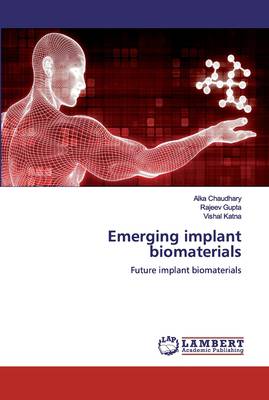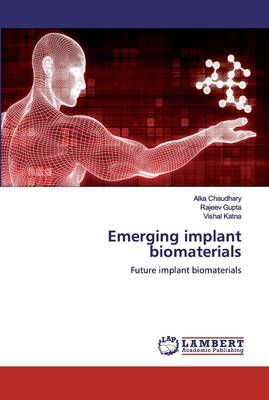
- Afhalen na 1 uur in een winkel met voorraad
- Gratis thuislevering in België vanaf € 30
- Ruim aanbod met 7 miljoen producten
- Afhalen na 1 uur in een winkel met voorraad
- Gratis thuislevering in België vanaf € 30
- Ruim aanbod met 7 miljoen producten
Zoeken
€ 78,45
+ 156 punten
Omschrijving
The history of the development and advancement of dental implants is a magnificent and fascinating journey through time. One can only stop and marvel at man's ingenuity over the years in this arena of research and scholarship. The materials in which dental implants came into development range from gold ligature wire, shells, ivory to chromium, cobalt, to iridium and platinum. From spiral stainless steel implant designs to double helical creations and endosseous root forms, dental researchers and clinicians worked fast and furiously; they generated many structures to replace the positions that natural teeth once held. Dental surfaces were also modified to decrease the healing time for osseointegration. Modified surfaces incorporated the use of hydroxyapatite, composites, carbon, glass, ceramic as well as titanium oxide. In order to make the exterior as suitable as possible, implant surfaces have additionally been sandblasted, oxidized, fluoridated, etched, and medicated. The most recent innovative laminan coating is the center of focus in present day implant endeavors.
Specificaties
Betrokkenen
- Auteur(s):
- Uitgeverij:
Inhoud
- Aantal bladzijden:
- 196
- Taal:
- Engels
Eigenschappen
- Productcode (EAN):
- 9786200300980
- Verschijningsdatum:
- 2/09/2019
- Uitvoering:
- Paperback
- Formaat:
- Trade paperback (VS)
- Afmetingen:
- 152 mm x 229 mm
- Gewicht:
- 294 g

Alleen bij Standaard Boekhandel
+ 156 punten op je klantenkaart van Standaard Boekhandel
Beoordelingen
We publiceren alleen reviews die voldoen aan de voorwaarden voor reviews. Bekijk onze voorwaarden voor reviews.











